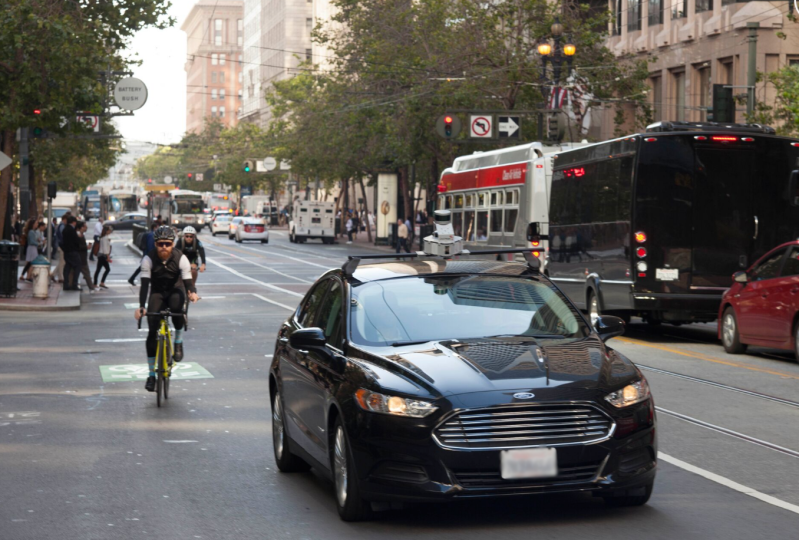As the race towards autonomous production vehicles heats up, it seems like we hear of a technology startup acquisition by a major automaker each week. Keeping with the trend, Ford has announced a major investment in a self-driving startup called Civil Maps. This particular business uses computer maps to create an infrastructure for fully autonomous vehicles to plug in and safely navigate to or from a destination.
While automakers have already invested resources in technology within self-driving cars, or the tangentially related operation of vehicle sharing, this is among the first investments in the broader facilitation of autonomous infrastructure.
Using data crowdsourced, processed, and transmitted by Civil Maps, fully autonomous vehicles could identify on-road and off-road features, understand what they mean, and notice when they change, allowing them to react like human drivers (when they aren’t playing Pokémon Go).
Read More: Apple Might Buy Into Formula 1
Civil Maps differentiates itself further by shrinking the data needed to build multidimensional, highly precise maps to guide self-driving cars via A.I. (artificial intelligence) programming. Presently, this type of mapping necessitates thousands of human hours and can take as much as six months to complete. Civil Maps says it can do the same task faster and more accurately.
In addition to its mapping technology, the company plans to accelerate production development and deployment with several automakers and tech co-developers. “By creating and managing live semantic maps of all the roads in America, the company is providing a technology essential for the leap to fully autonomous vehicles that can transform the future of transportation,” said Jim DiSanto, managing director of Motus Ventures.
Ford isn’t the only backer of Civil Maps’ $6.6 million seed round. Motus Ventures, Wicklow Capital, StarX Standford, and Yahoo co-founder Jerry Yang’s AME Cloud Ventures all joined in the funding.
Though leading automakers are approaching autonomous driving from all angles, expect their investments to start meeting in the middle as we approach target vehicle production dates in the late 2020s and early 2030s.






